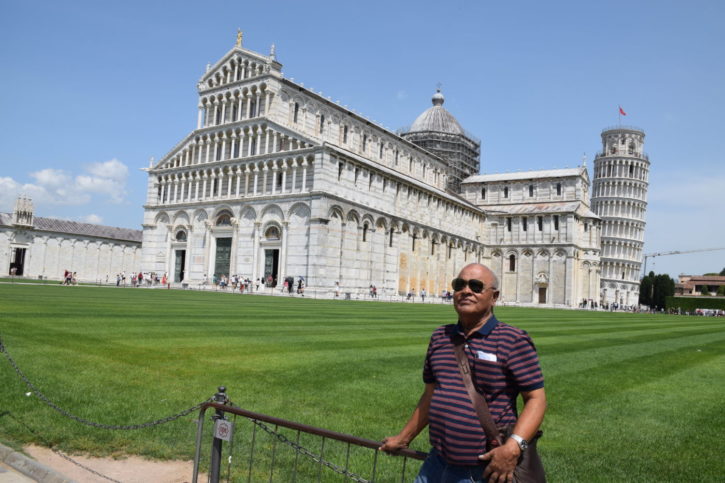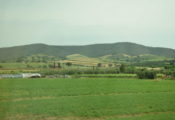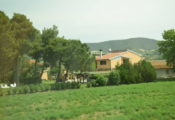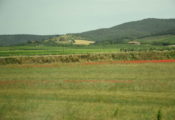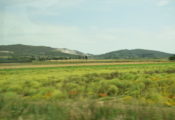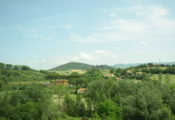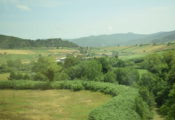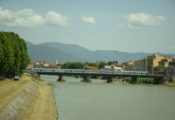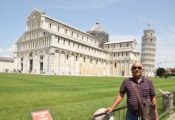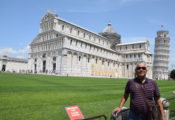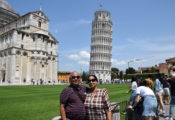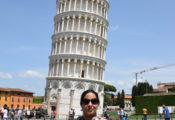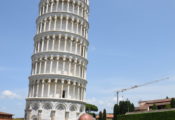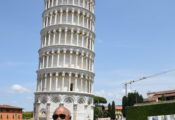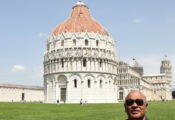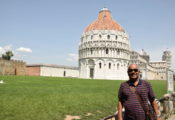Pisa has ancient origins in history, which are thought to have begun around the 8th century BC as a small Etruscan settlement. From around 30 BC, the settlement grew into a Roman colony known as Pisae. As a Roman city, it enjoyed much success, mainly because of its strategic location and the area’s abundant natural resources. The Romans built Porto Pisano, which served to strengthen its links with maritime trade.
From the decline of the Roman Empire through to the 9th century AD, Pisa came under repeated attack. Later, its attackers were Byzantines and Saracens. The city survived, however, retaining control of its territory through a succession of trade agreements and land deals. The city’s cathedral was consecrated by Pope Gelasius II in 1118. Work began on the city’s infamous Leaning Tower in around 1173. Within the first five years, the tower began to sink because it had been built on unstable foundations. In the 1270s, more upper floors were built to try to compensate for the lean. In the 18th and 19th centuries, the tower’s lean grew worse. Many attempts were made to try to remedy the problem. Gradually, the tower proved to be less of a problematic building and more of a tourist attraction.
During World War Two, Pisa was badly bomb damaged. In recent times, the city has been restored, with most of its historic buildings still well preserved. In 1990, work began on strengthening and preserving the Leaning Tower of Pisa.

